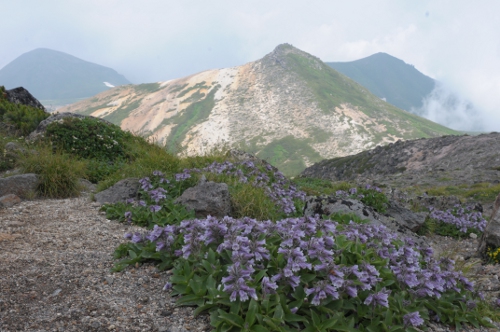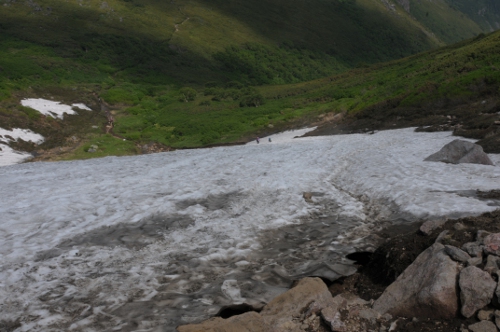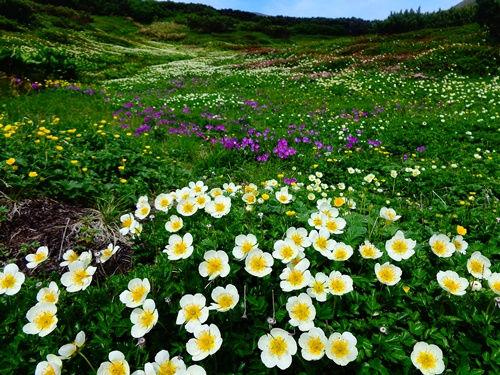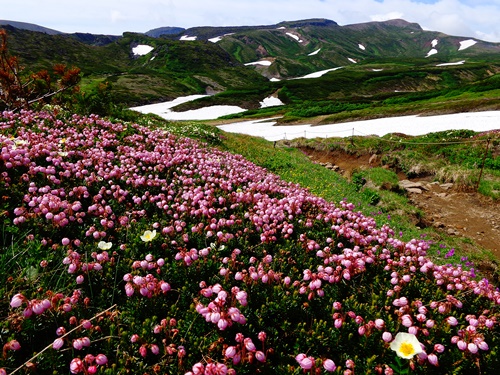The 62nd edition of the Visitor Center Report has been published.
The cover features a “Sieversia pentapetala community at Kumonotaira.”
It includes an article on signs in the field that indicate the presence of Ursus arctos yesonesis, including points that deserve particular attention, and presents flowers that can be seen around Mt. Kurodake.
Please have a look! http://sounkyovc.net/newsletters/62.pdf July 24, 2014
The cover features a “Sieversia pentapetala community at Kumonotaira.”
It includes an article on signs in the field that indicate the presence of Ursus arctos yesonesis, including points that deserve particular attention, and presents flowers that can be seen around Mt. Kurodake.
Please have a look! http://sounkyovc.net/newsletters/62.pdf July 24, 2014



